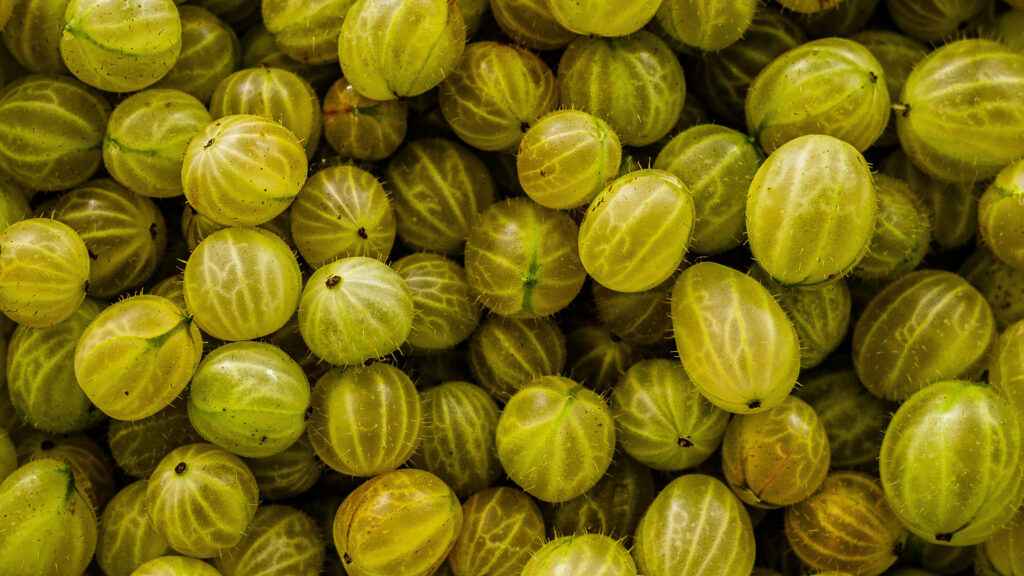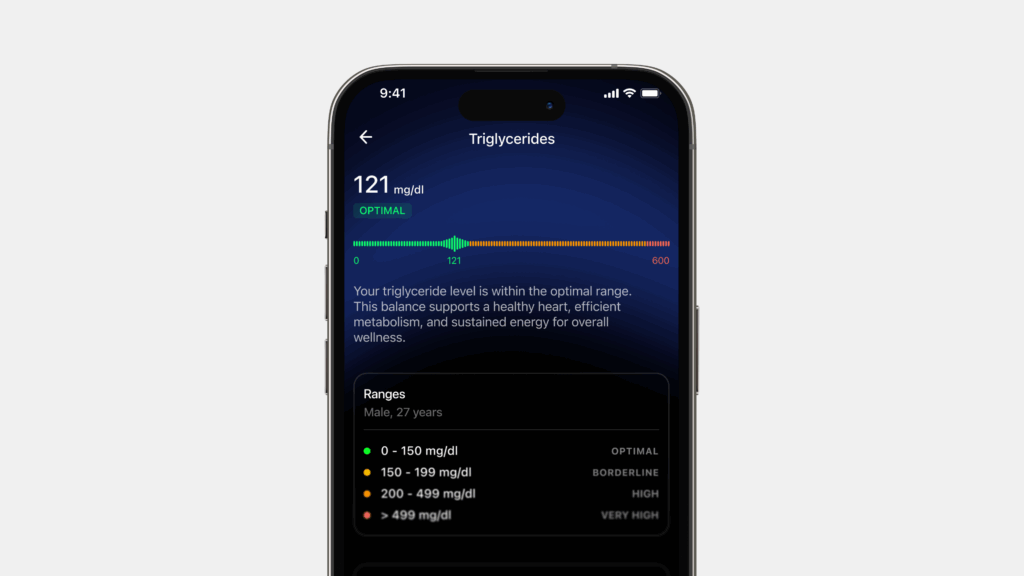Amla, or Indian gooseberry, is a long-standing ingredient in traditional medicine, now widely available in bottled juice form. Patanjali’s version is among the most common, promoted for immunity, digestion, and blood sugar support.
But how does it actually affect glucose levels, and what does real-world CGM data reveal?
What the OGDb tells us
According to the Ultrahuman Food Impact Database (OGDb) – a proprietary dataset built from anonymized CGM readings and food logs of Ultrahuman M1 users – Patanjali amla juice causes a low to moderate glucose impact.
- Average peak glucose: ~110–120 mg/dL
- Response stability: Moderate
- Impact category: Low to medium
Users typically log amla juice in the morning, often diluted in warm water. Glucose spikes tend to be mild, especially when paired with food. However, individual responses vary, particularly when the juice is consumed on an empty stomach.
What drives the effect?
Amla contains high levels of vitamin C and polyphenols, including ellagic acid and gallic acid – compounds that may reduce oxidative stress and improve insulin sensitivity. Several clinical studies support amla’s antidiabetic potential:
- One double-blind RCT found that amla supplementation reduced fasting blood glucose and LDL cholesterol over 12 weeks in adults with type 2 diabetes (PMID: 36934568)
- Another study reported a significant decrease in fasting and post-prandial glucose after 21 days of powdered amla fruit (PMID: 21495900)
However, most studies used powders or extracts, not juice. Commercial juice lacks fiber, which means faster absorption and potentially sharper glucose responses.
Improving your response
– Dilute the juice in water (20–30 ml is typical)
– Avoid drinking it on an empty stomach
– Pair it with a protein-rich or fiber-rich food
– Monitor your individual response using a CGM, if available
The bottom line
Patanjali amla juice shows a modest glucose impact in real-world CGM data. While amla itself has strong clinical support as a metabolic aid, most evidence is tied to powdered or concentrated extract forms – not juice. When used in the right context, the juice can be a helpful part of a glucose-conscious routine, but it’s not a standalone solution.








